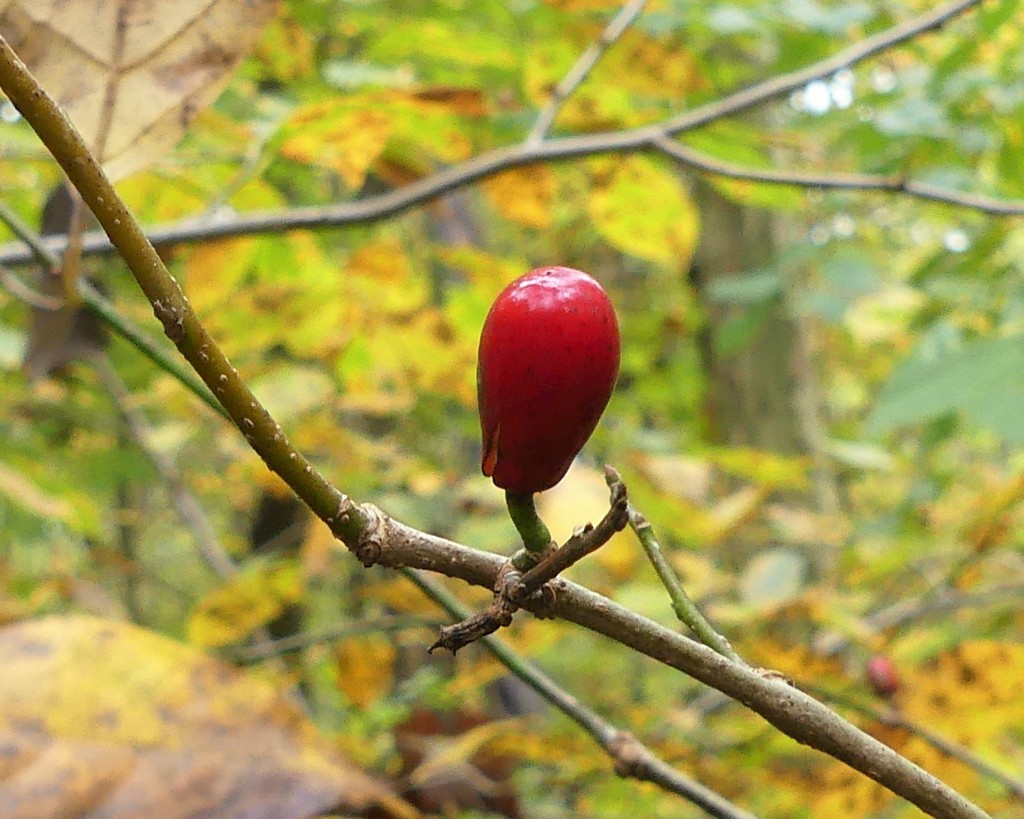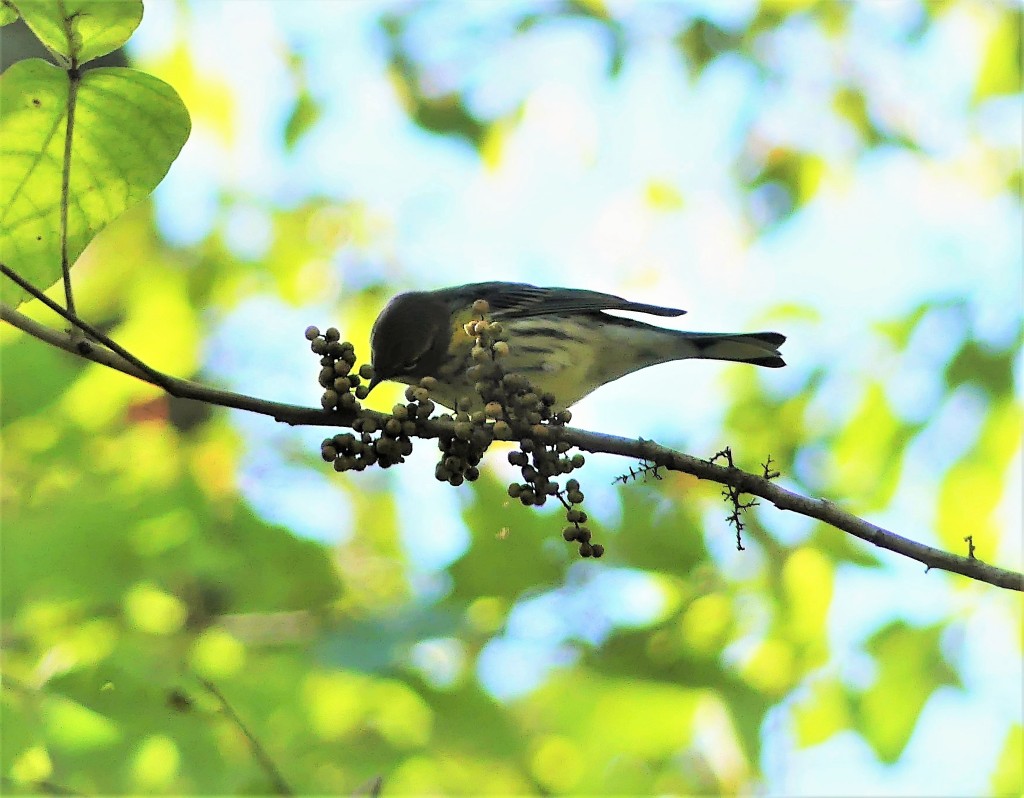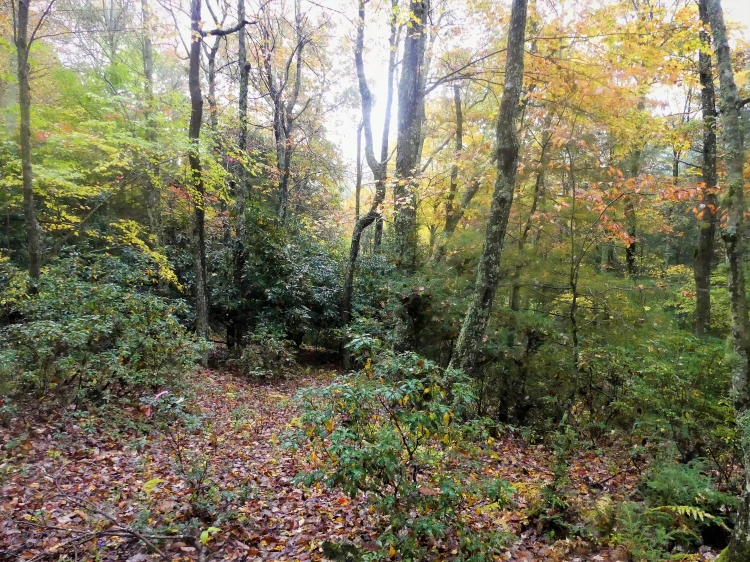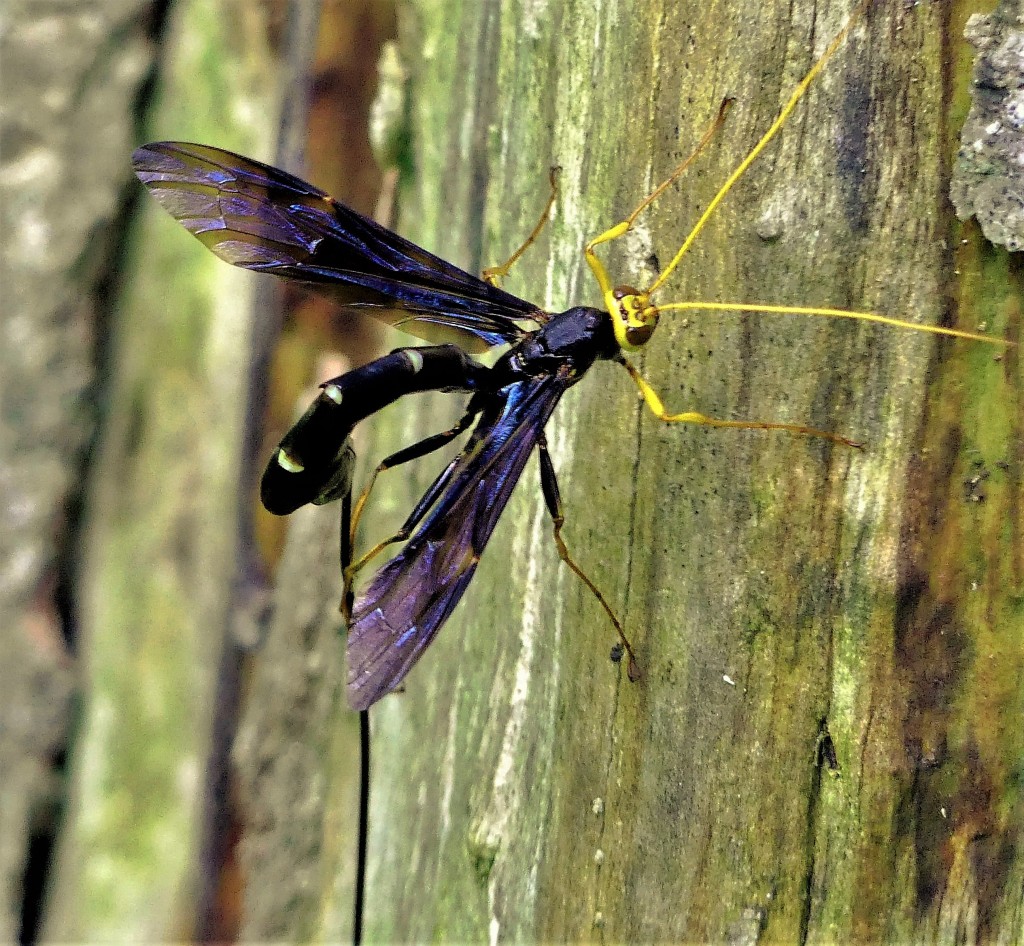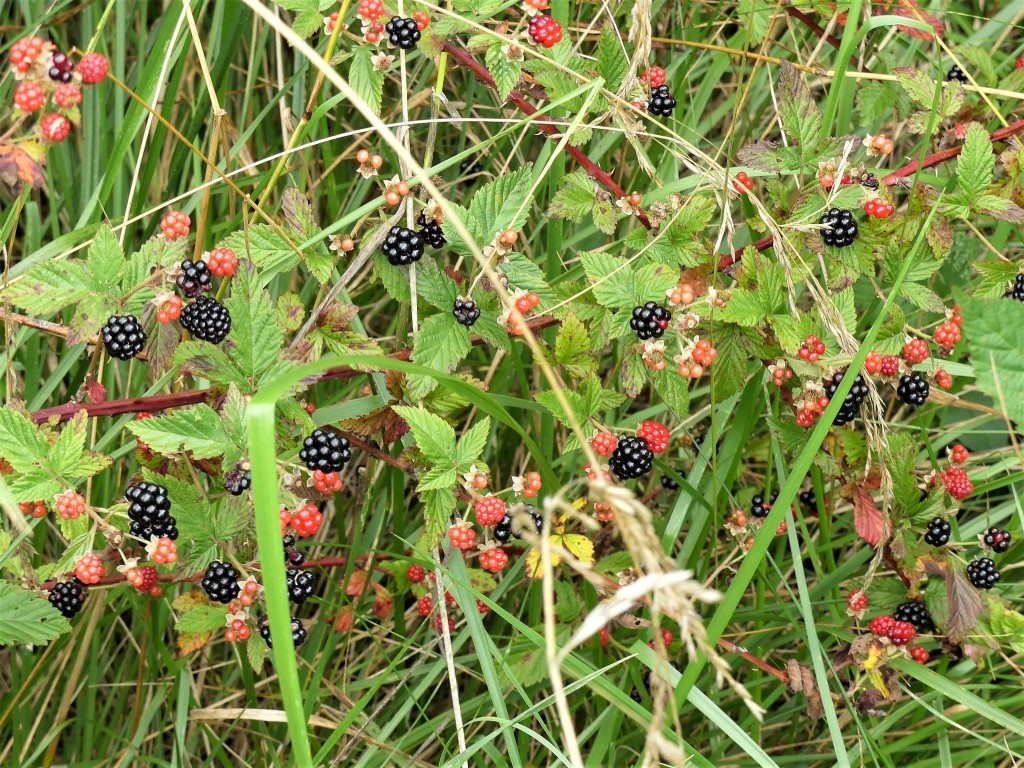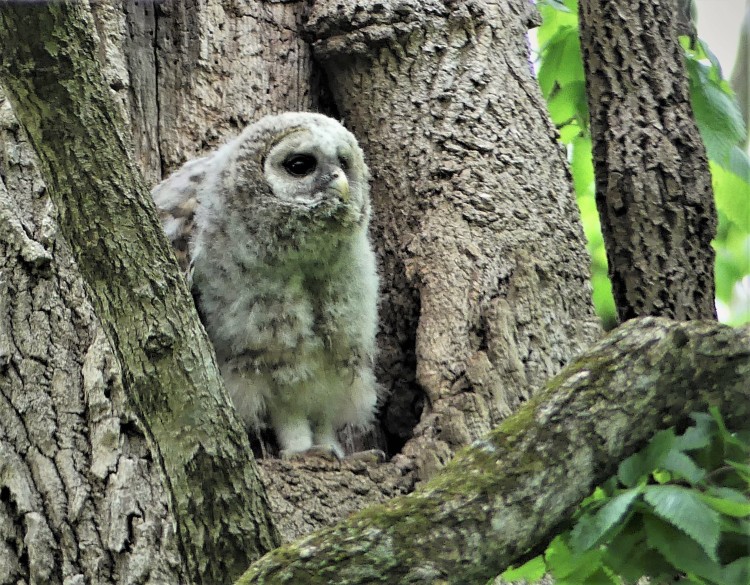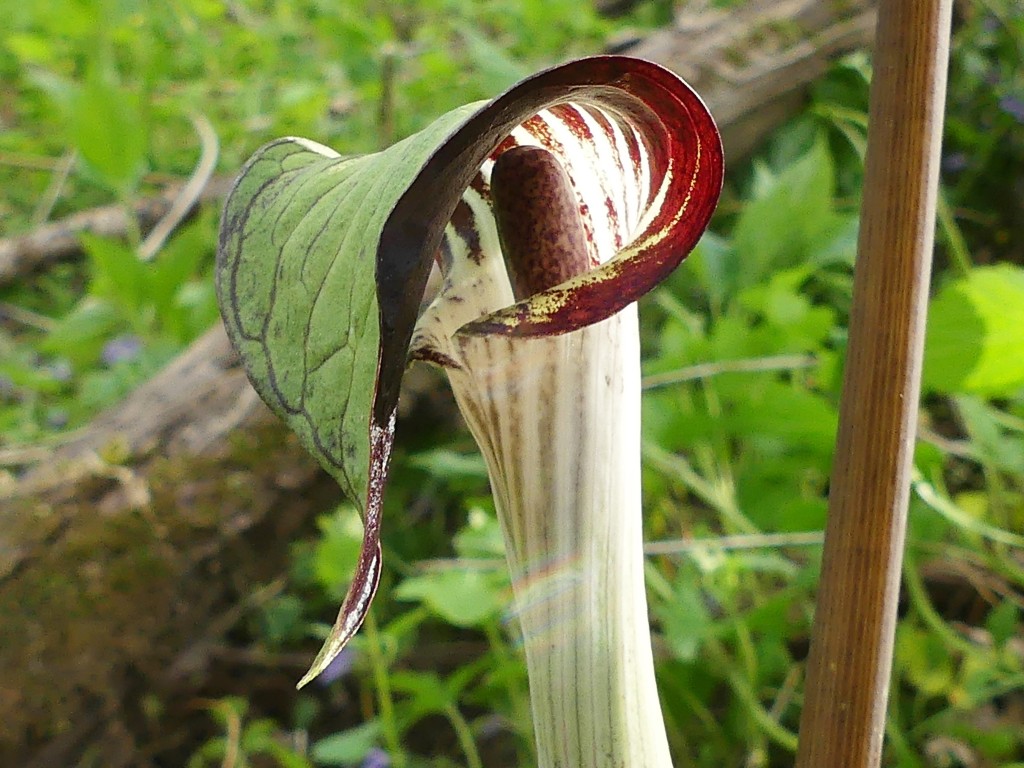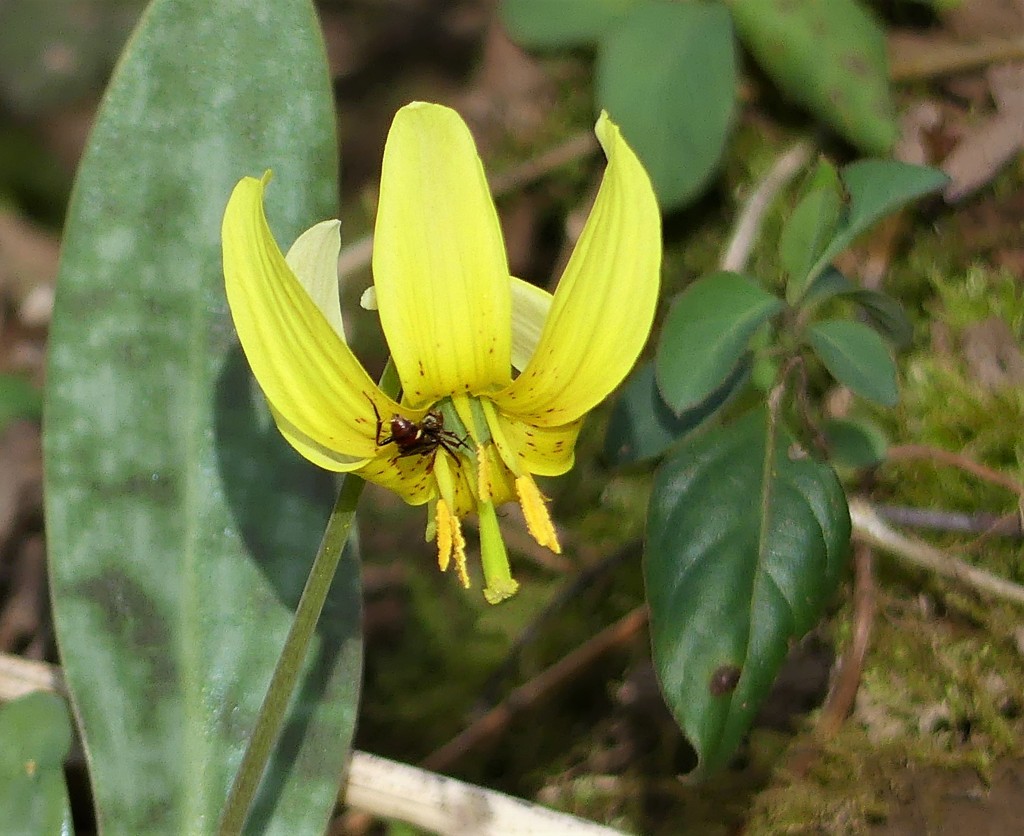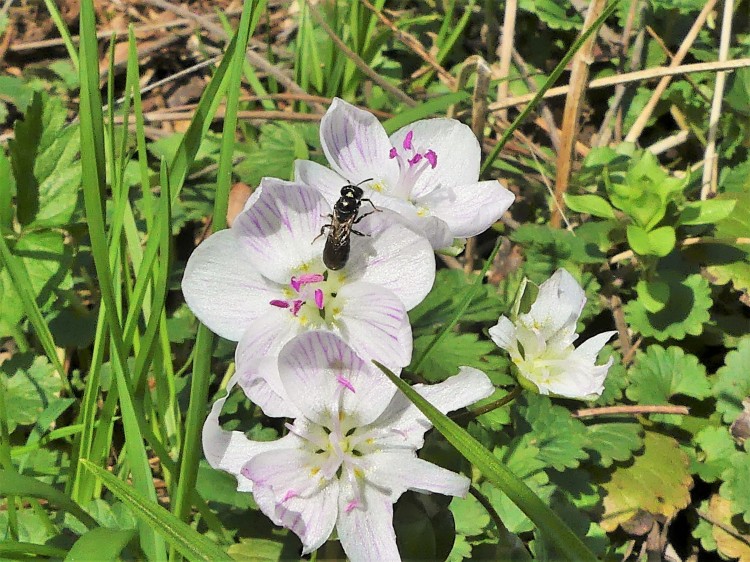3/15/22 Remembering Winter
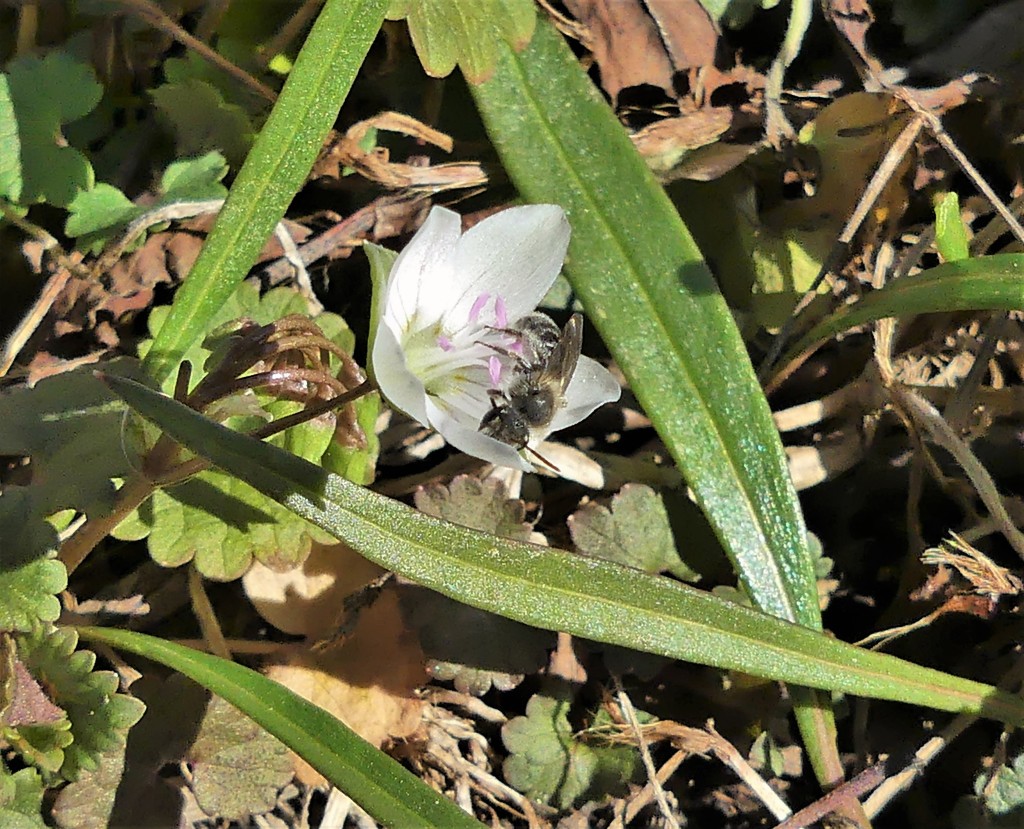
With the emergence of the first Spring beauty and its attendant Spring beauty mining bee, the signal is clear – winter has ended. It was a long one; many days of slogging on wet muddy trails, trying to protect our young tree plantings from buck rubs, while every windstorm brought another big dead ash tree crashing down.
Read More